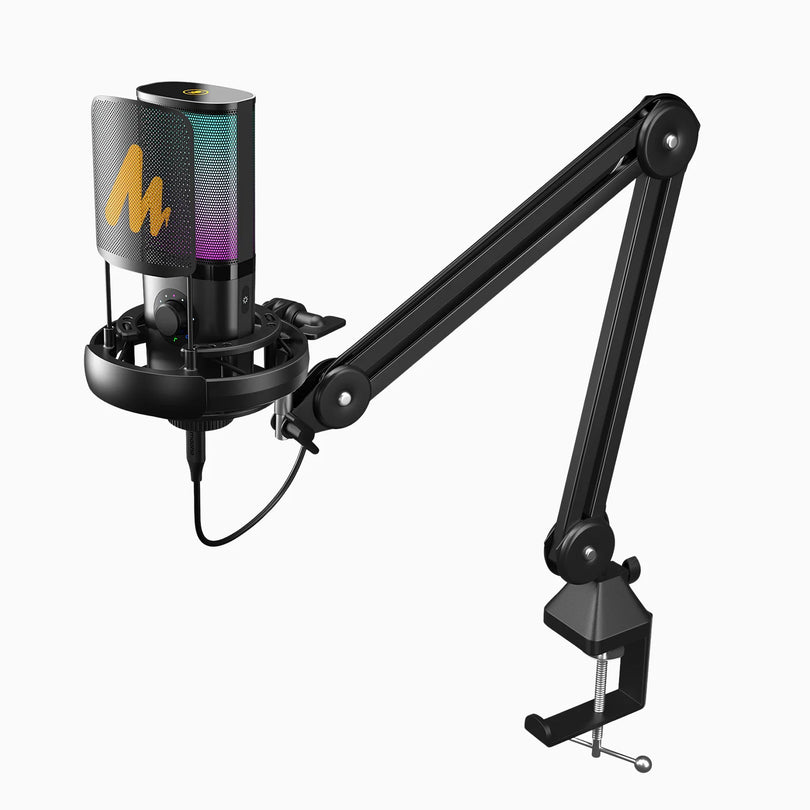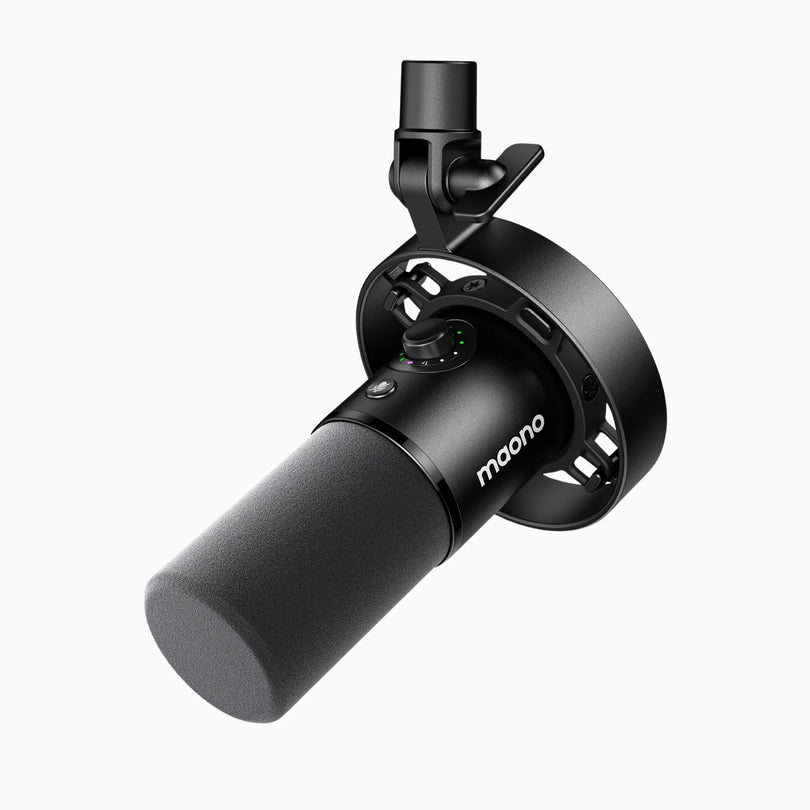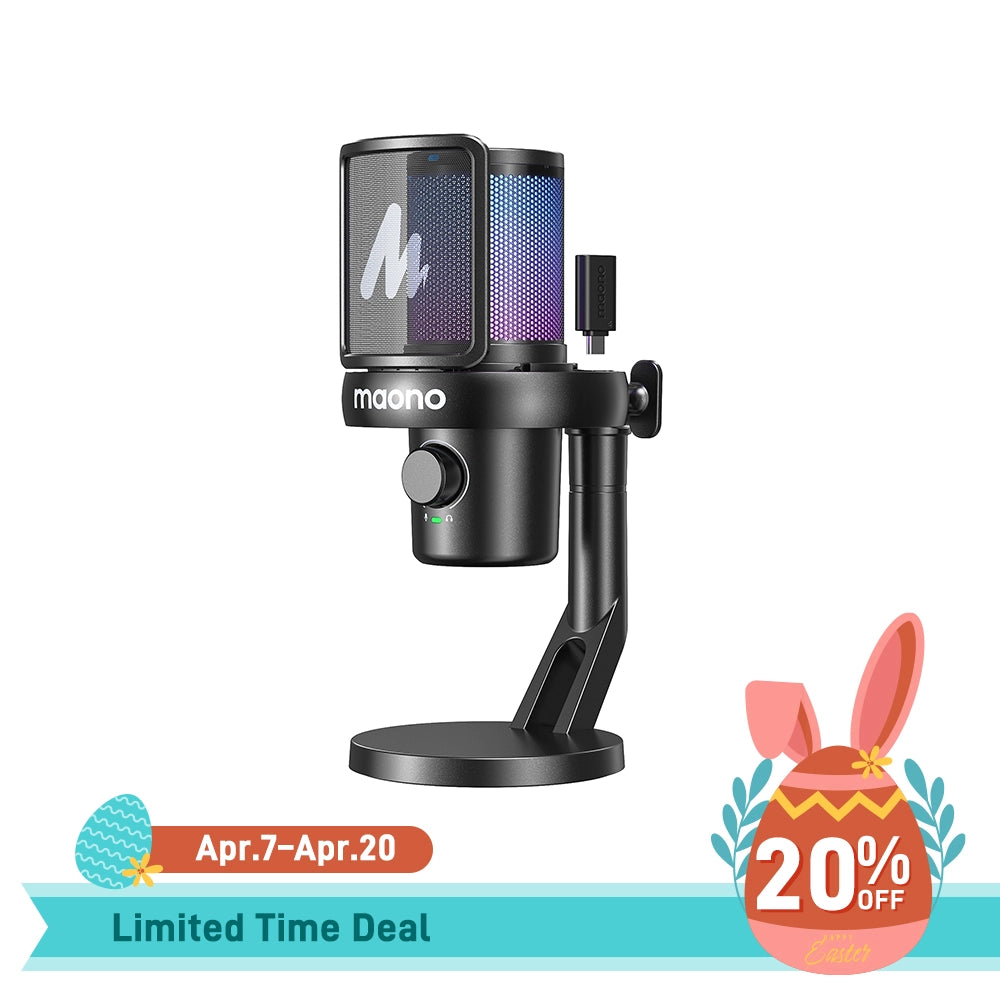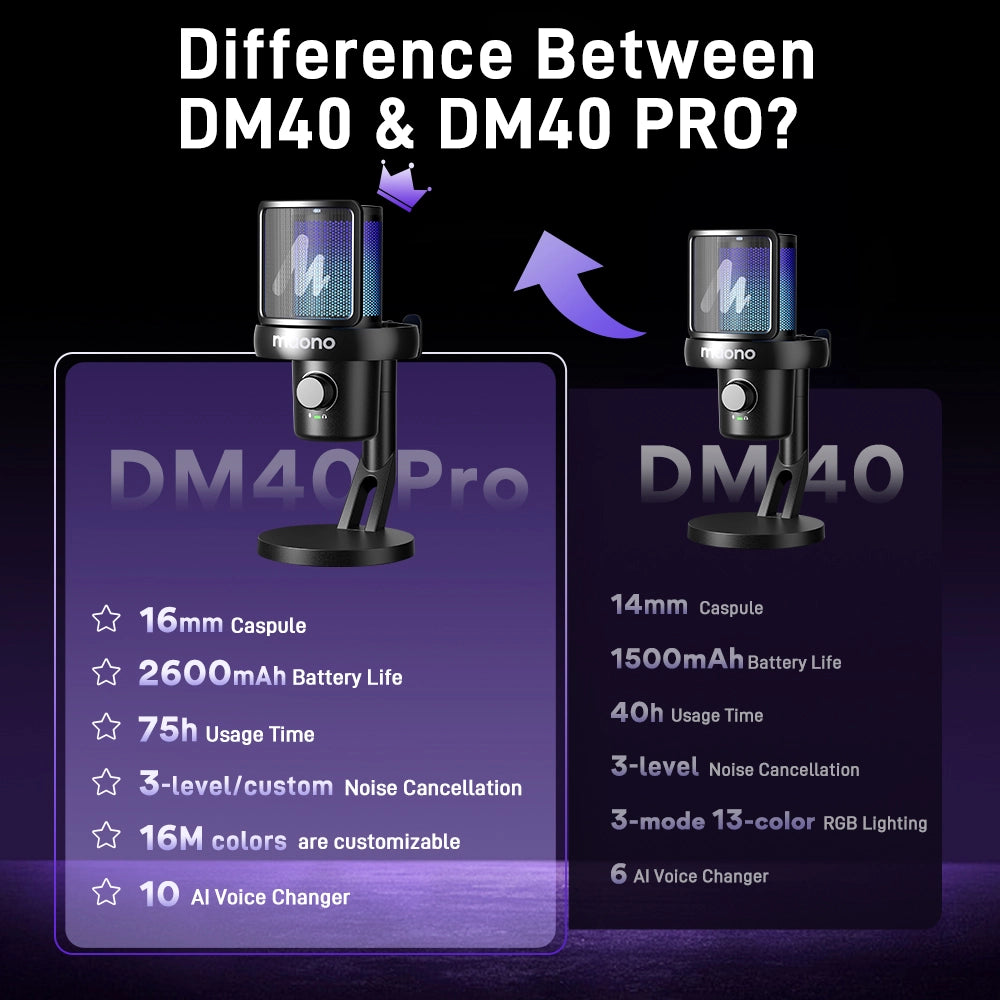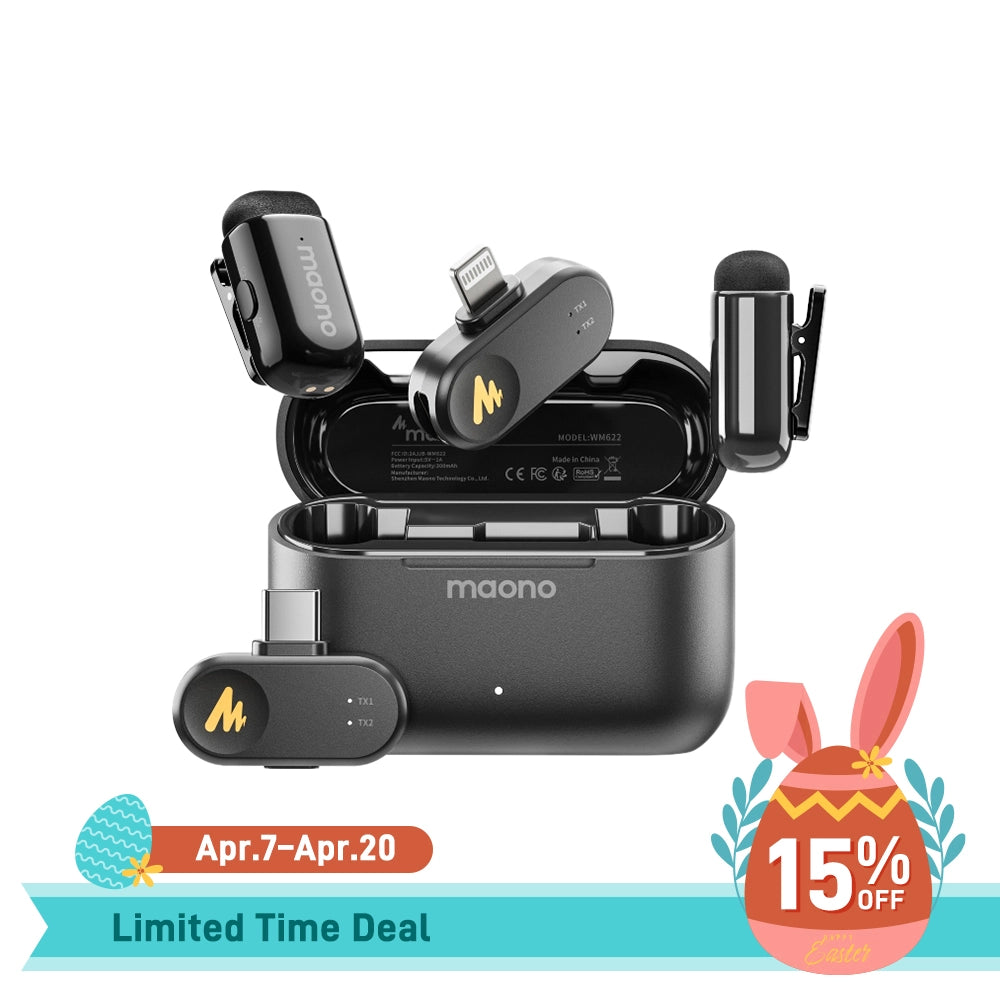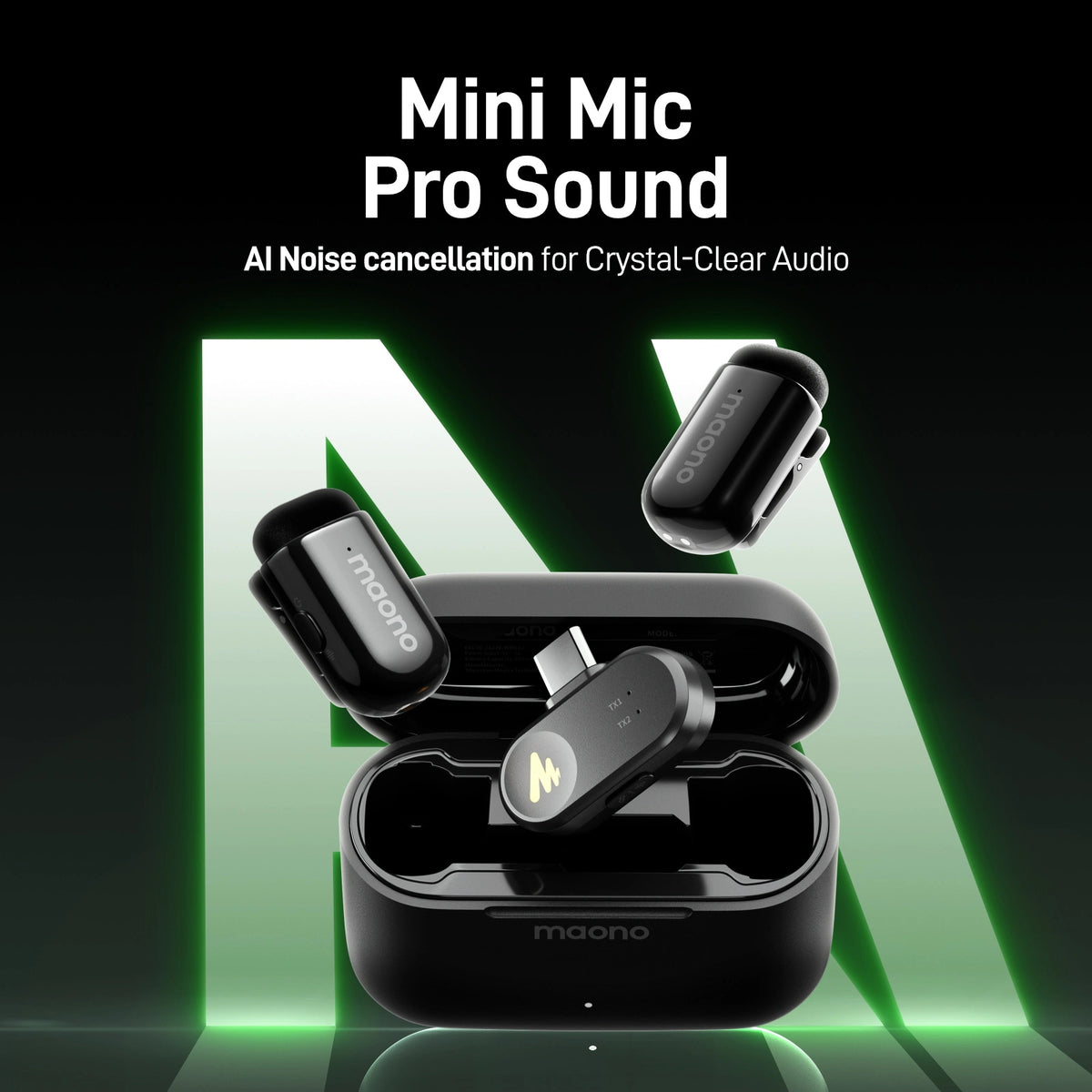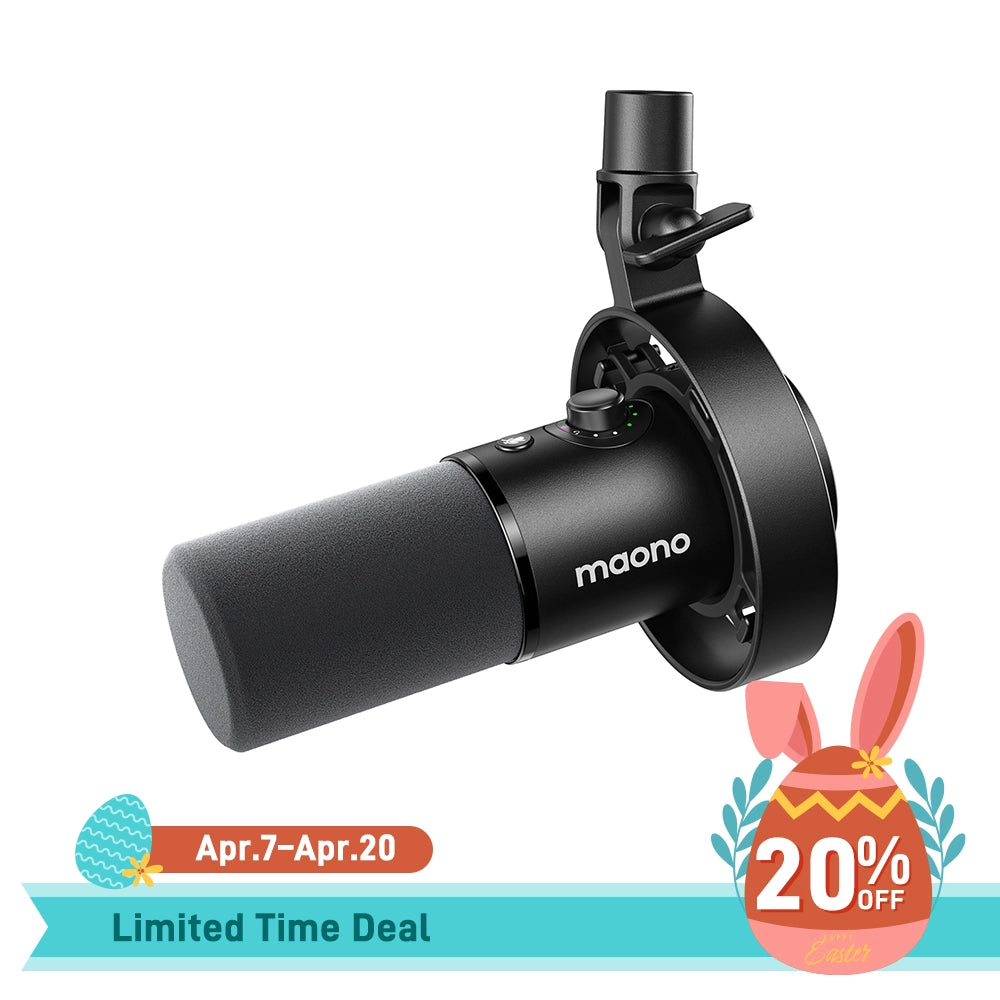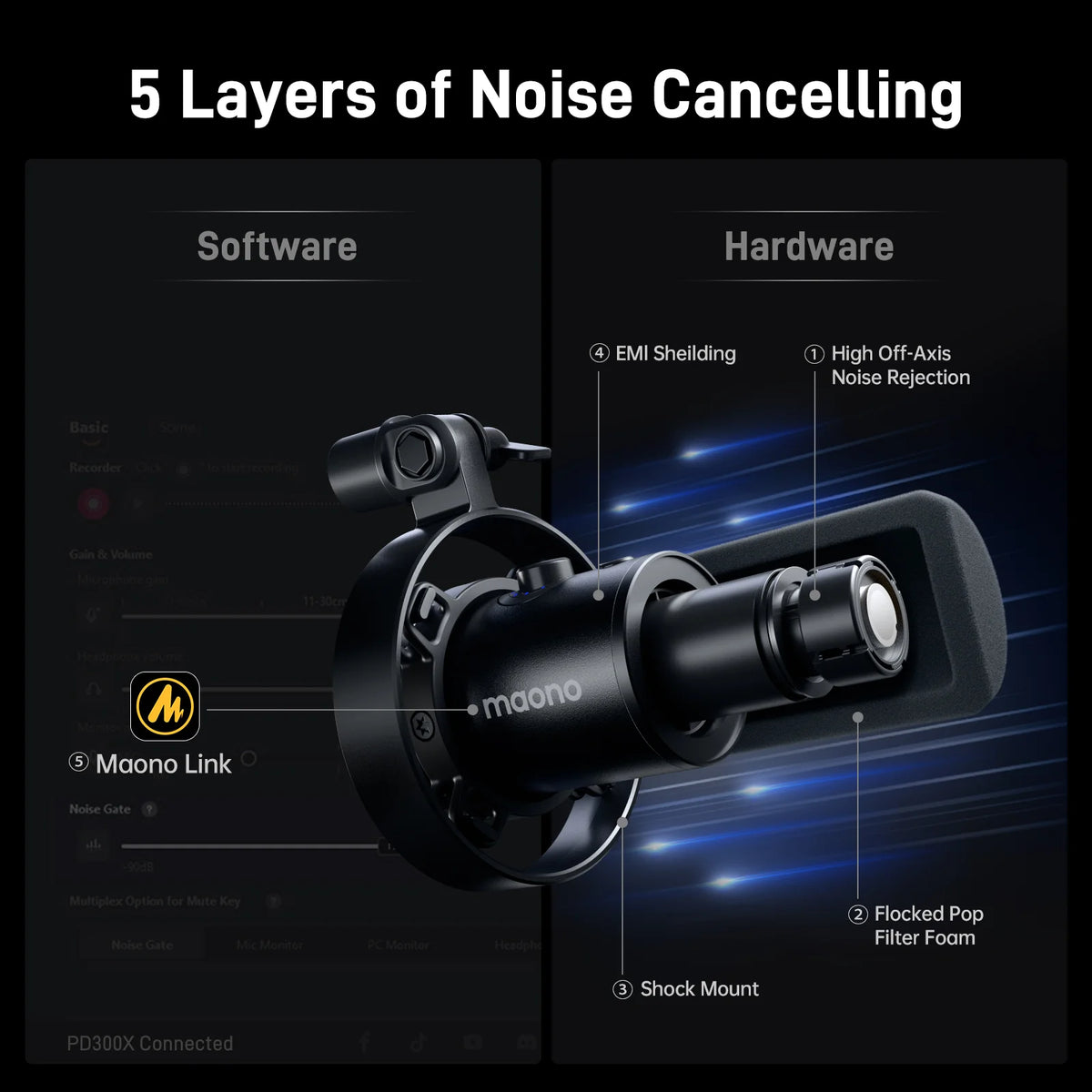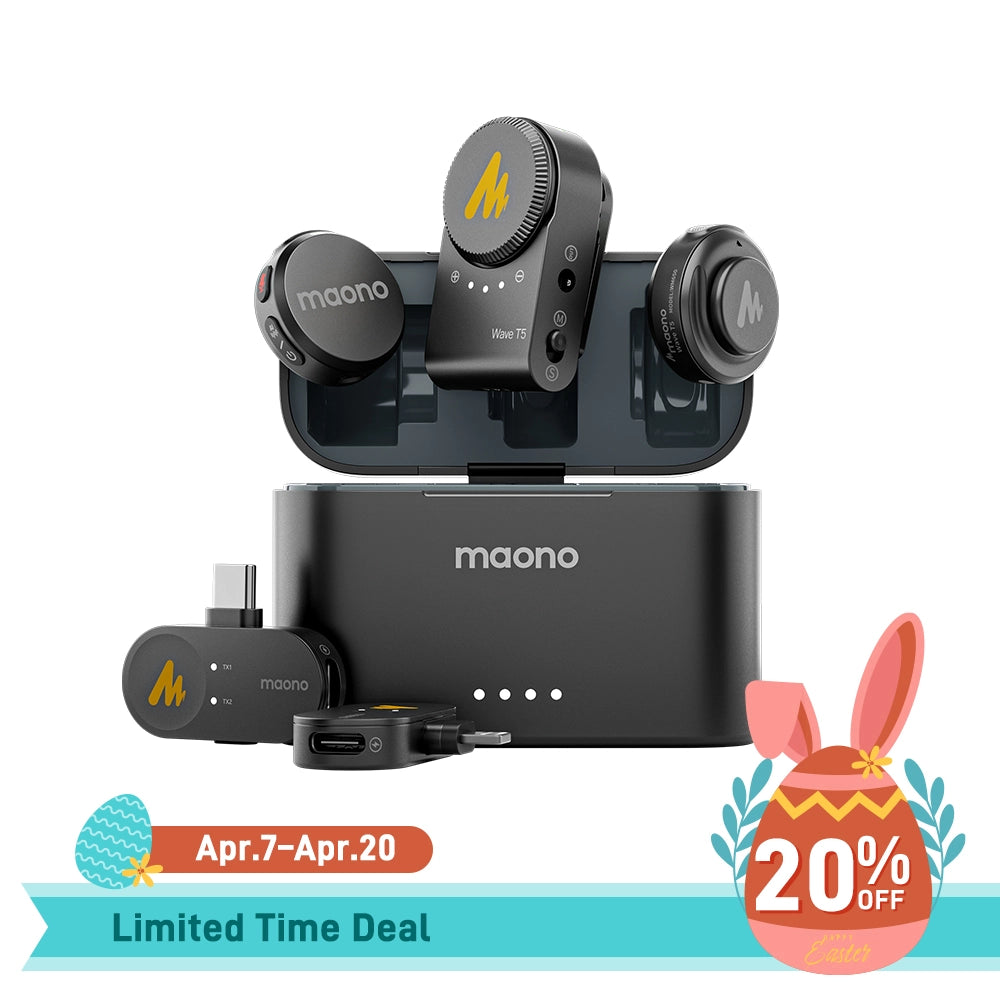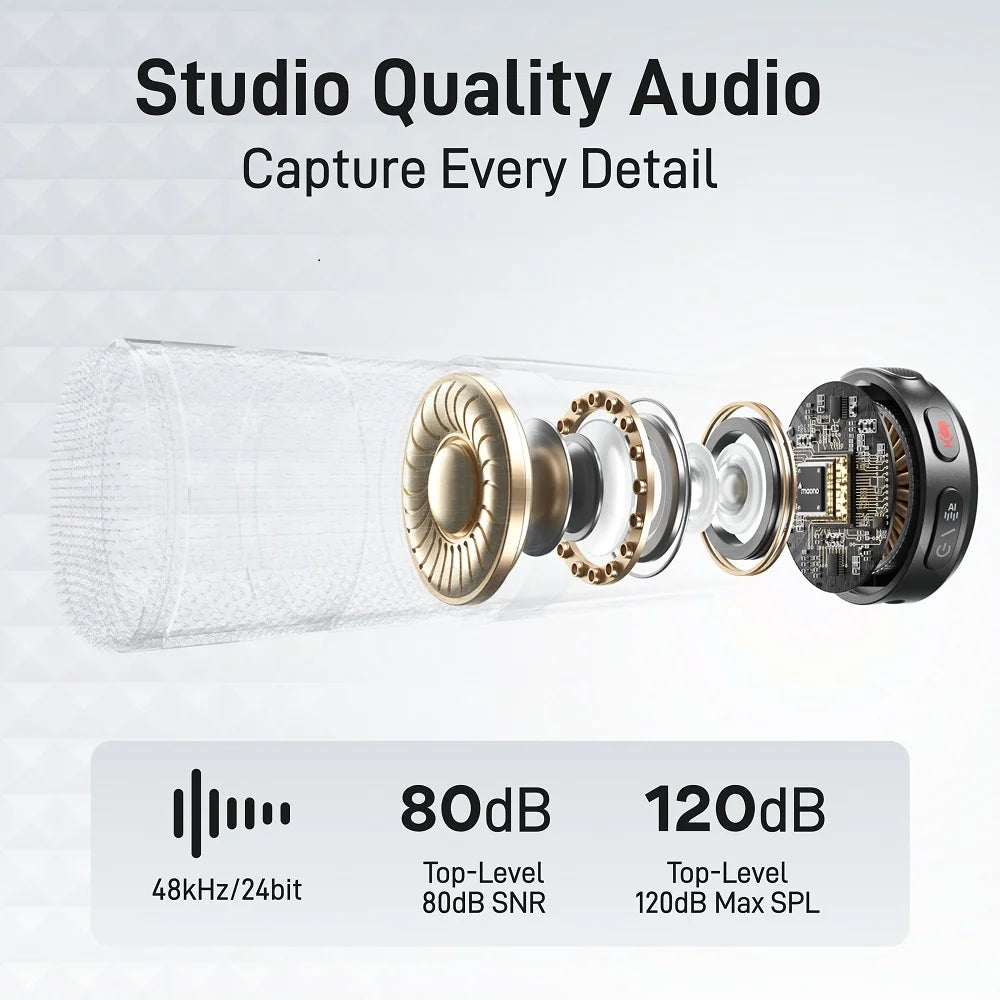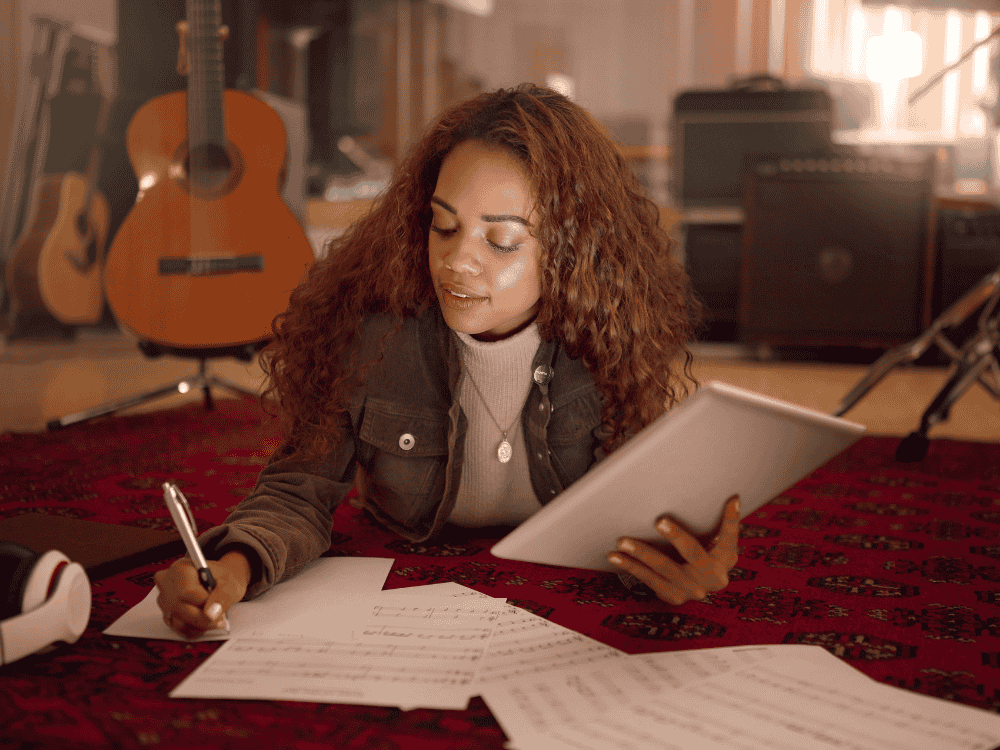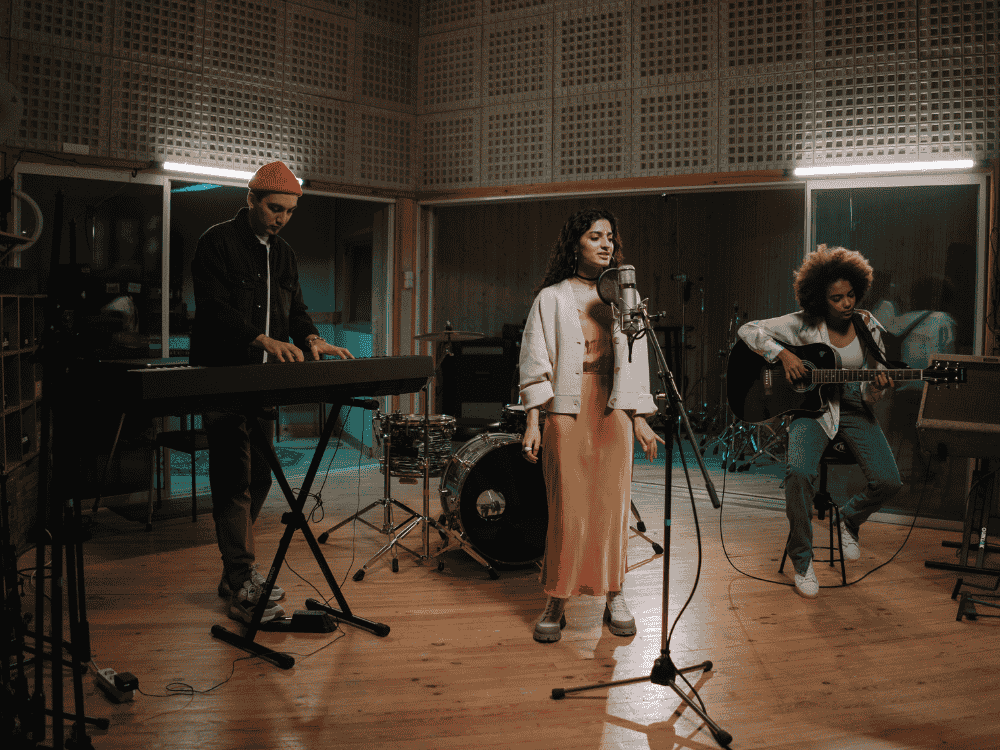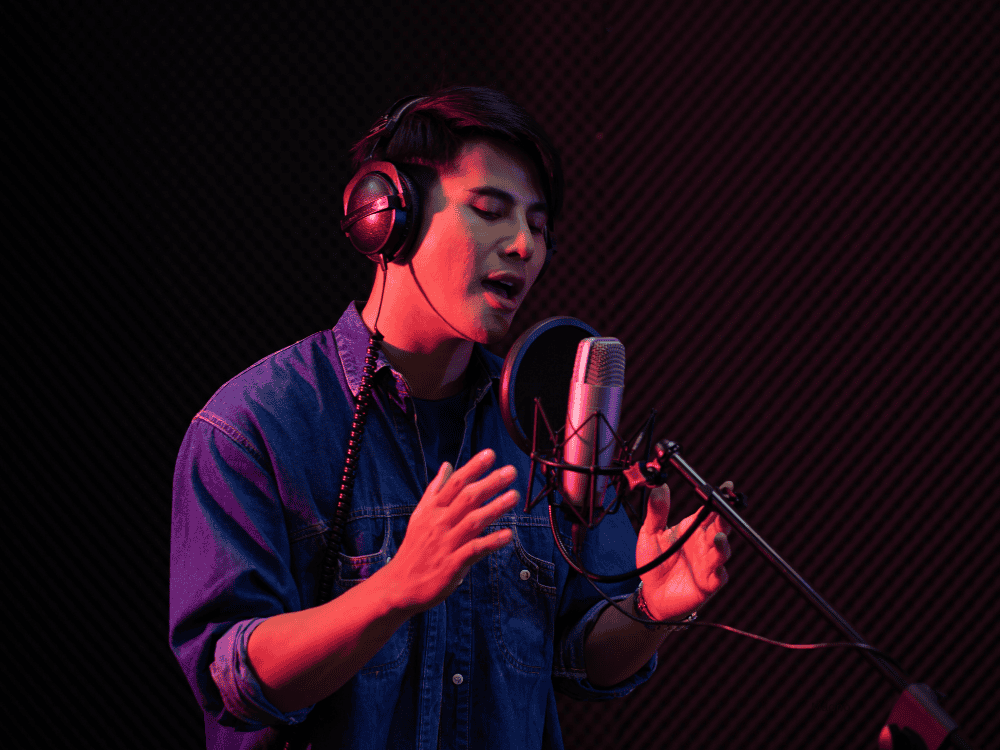Overview: Importance of a Recording Microphone for Music
When recording music, especially vocals, the microphone you choose can make or break the quality of your recordings. Whether you're an aspiring musician, a seasoned producer, or someone looking to start recording at home, the right microphone is essential. It captures the nuances of your voice, the richness of instruments, and the atmosphere of your space, translating these into high-quality audio. As recording technology advances, more options are available to musicians and home producers, making it exciting and overwhelming to find the best microphone for your needs.
The quality of your music recordings hinges on the microphone you use. In the world of home studios and professional setups alike, selecting the right recording microphone for music and vocals is the key to capturing the true essence of your sound. From the subtle tones of a vocal performance to the intricate details of an instrument, the right microphone can elevate your recordings to new heights, ensuring that your music resonates with clarity and emotion. In this guide, we will explore what features are required to find the best microphone for vocals, the factors to consider when buying a microphone,
What is Considered the Best Microphone for Vocals?
Choosing the best microphone for vocals depends on several factors, including your voice type, the environment in which you're recording, and your budget. Generally, a good vocal microphone will have a broad frequency response, a suitable polar pattern for the recording environment, and sensitivity that captures the subtle details of your voice without introducing too much noise. Some key features to look for include:
- Frequency Response: A microphone that accurately captures the full range of human hearing (20 Hz to 20 kHz) is ideal.
- Polar Pattern: Cardioid patterns are most common for vocals as they capture sound from the front while minimizing background noise.
- Connectivity: USB microphones offer plug-and-play convenience, while XLR microphones provide higher sound quality and flexibility in a professional setup.
- Sensitivity: The microphone should be sensitive enough to pick up soft nuances but not so sensitive that it captures unwanted background noise.
What are the Most Important Factors to Consider When Buying a Microphone for Recording Yourself Playing Music and Singing at Home?
When selecting a microphone for home recording, consider the following factors:
- Purpose: Determine whether you need a microphone for vocals, instruments, or both. Different microphones are optimized for different sound sources.
- Budget: High-quality microphones can be expensive, but there are excellent options at every price point.
- Space and Acoustics: The acoustics of your recording space will influence your choice. Condenser microphones are more sensitive and may pick up more room noise, while dynamic microphones are more forgiving.
- Microphone Type: Condenser microphones are preferred for studio vocals due to their sensitivity and clarity. Dynamic microphones are rugged and better for loud environments.
- Polar Pattern: The polar pattern dictates how a microphone picks up sound. For home recording, a cardioid pattern is often best as it reduces ambient noise.
- Compatibility: Ensure the microphone is compatible with your recording equipment, whether you’re using a computer, audio interface, or portable recorder.
For Musicians, Home Producers, and People Who Record Audio, What Are Your Favorite Microphones to Use for Recording Vocals and Why?
Different musicians and producers have varying preferences based on their needs. However, some microphones are consistently favored due to their performance and reliability:
- Shure SM7B: This dynamic microphone is a favorite for vocals because of its warm sound and excellent rejection of background noise. It’s versatile and works well in untreated rooms.
- Audio-Technica AT2020: Known for its affordability and quality, this condenser microphone offers a balanced sound and is ideal for home studios.
- Rode NT1-A: Praised for its clarity and low self-noise, this condenser microphone is perfect for capturing detailed vocals.
- Neumann TLM 103: While more expensive, this condenser microphone is loved for its precision and ability to capture the full depth of a vocal performance.
5 Best USB Microphones for Vocals
When it comes to USB microphones, here are the top picks of five best USB microphones for vocals:
1. Maono PM422

- Mic Type: Condenser
- Frequency Response: 20 Hz – 20 kHz
- Polar Pattern: Cardioid
- Connectivity: USB
- Sensitivity: -35 dB ±3 dB
- Pros: High-quality sound, easy setup, includes a pop filter and shock mount.
- Cons: USB connectivity limits flexibility compared to XLR.
- Price: Around $99.00
- Notable Features: Touch mute button, gain control, zero-latency monitoring.
- Description: The Maono PM422 is a versatile USB condenser microphone that delivers clear and professional sound quality, making it an excellent choice for vocalists and podcasters alike.
2. Blue Yeti
- Mic Type: Condenser
- Frequency Response: 20 Hz – 20 kHz
- Polar Pattern: Cardioid, Omnidirectional, Bidirectional, Stereo
- Connectivity: USB
- Sensitivity: -37 dB
- Pros: Multiple polar patterns, durable build, easy to use.
- Cons: Can pick up background noise if not used in a controlled environment.
- Price: $100 - $130
- Notable Features: Four polar patterns, integrated gain control, and mute button.
- Description: The Blue Yeti is one of the most popular USB microphones, known for its versatility and ability to switch between different polar patterns, making it suitable for various recording scenarios.
3. Maono PM461

- Mic Type: Condenser
- Frequency Response: 20 Hz – 20 kHz
- Polar Pattern: Cardioid
- Connectivity: USB
- Sensitivity: -42 dB ±3 dB
- Pros: Affordable, easy setup, clear audio quality.
- Cons: Lacks advanced features like gain control or multiple polar patterns.
- Price: Around $49.99
- Notable Features: Plug-and-play, compact design.
- Description: The Maono AU-PM461TR is a budget-friendly USB microphone that delivers solid performance for vocal recording, ideal for beginners or those on a tight budget.
4. Audio-Technica AT2020USB+
- Mic Type: Condenser
- Frequency Response: 20 Hz – 20 kHz
- Polar Pattern: Cardioid
- Connectivity: USB
- Sensitivity: -37 dB
- Pros: High-quality audio, built-in headphone jack with volume control.
- Cons: Lacks multi-pattern options, higher price point.
- Price: $150 - $170
- Notable Features: Mix control for blending microphone and pre-recorded audio.
- Description: The Audio-Technica AT2020USB+ is known for its exceptional sound clarity and build quality, making it a go-to choice for serious vocal recording.
5. Rode NT-USB
- Mic Type: Condenser
- Frequency Response: 20 Hz – 20 kHz
- Polar Pattern: Cardioid
- Connectivity: USB
- Sensitivity: -32 dB
- Pros: Great sound quality, includes a pop filter and tripod stand.
- Cons: Limited to cardioid pattern, higher price range.
- Price: $170 - $200
- Notable Features: On-mic mix control, zero-latency monitoring.
- Description: The Rode NT-USB combines professional-quality audio with user-friendly features, making it a solid choice for vocalists looking to record at home or on the go.
When Planning to Start a YouTube Channel for Recording My Music, What is a Good Microphone to Start With?
Starting a YouTube channel focused on music requires a microphone that provides both high-quality sound and ease of use. The Blue Yeti is an excellent choice for beginners due to its versatility, user-friendly design, and the ability to switch between different polar patterns. Its USB connectivity ensures that you can easily connect it to your computer and start recording without the need for additional equipment. Alternatively, if you're a beginner looking to spend less while still getting a high-quality recording microphone, you can count on Maono's PM461 USB microphone for this purpose.
If You Could Only Afford to Spend Less Than $1000 on Microphones for Recording Music in Your Home Studio, Which Ones Would You Choose?
If money is not an issue and your budget is under $1000, consider a combination of microphones that cover a range of recording needs:
- Shure SM7B ($400): Ideal for vocals, especially in untreated rooms.
- Audio-Technica AT2020USB+ ($150): Great for vocals and instruments, with USB convenience.
- Rode NT1-A ($230): For crystal-clear vocal recordings with low self-noise.
- Maono PM422 ($99): A budget-friendly option for additional vocal tracks or podcasting.
- Shure SM57 ($100): A versatile dynamic microphone suitable for instruments and vocals.
These microphones provide a balanced mix of dynamic and condenser options, ensuring you can handle various recording scenarios in your home studio.
Frequently Asked Questions
1. How Does a USB Microphone for Vocals Handle Different Vocal Ranges and Dynamics?
USB microphones are designed to handle a wide range of vocal frequencies, capturing everything from low bass notes to high falsettos. However, their performance in handling dynamics may vary based on their sensitivity and the quality of the built-in analog-to-digital converter. Higher-end USB microphones like the Blue Yeti and Audio-Technica AT2020USB+ offer better handling of dynamics, allowing for clear and distortion-free recording of both soft and loud vocal passages.
2. What Are the Best Practices for Getting the Most Out of My USB Microphone for Vocals?
To get the most out of your USB microphone for recording vocals, follow these best practices:
- Optimal Placement: Position the microphone at a slight angle and about 6-12 inches from your mouth. This reduces plosive sounds (like “p” and “b”) and ensures consistent vocal capture.
- Use a Pop Filter: A pop filter helps minimize harsh plosive sounds, improving the clarity of your recordings.
- Control Your Environment: Record in a quiet, acoustically treated space to reduce background noise and room reflections. If acoustic treatment isn’t available, consider using soft furnishings to absorb excess sound.
- Adjust Gain Settings: Properly adjust the microphone's gain to avoid clipping (distortion caused by too much input). Test your levels before recording to ensure the signal is strong but not too loud.
- Monitor Your Sound: Use headphones with zero-latency monitoring to hear exactly what your microphone is capturing in real time, allowing for immediate adjustments.
- Software Tweaks: Use audio recording software to add subtle compression, EQ, and reverb to enhance the vocal quality after recording.
3. Can a Maono USB Microphone for Vocals Be Used for Professional Studio Recording?
Maono USB microphones, like the Maono PM422, offer impressive sound quality for their price, making them a solid choice for home studios and semi-professional recording. They are capable of producing high-quality recordings for music, podcasts, hence they can compete with other high-end XLR microphones and other vocal applications. For professional studio recording, however, many prefer XLR microphones due to their superior sound quality and flexibility in signal chain customization. That said, Maono USB microphones are excellent for those on a budget or starting their recording journey, particularly in a home studio setup.
Conclusion: Importance of a Recording Microphone for Music
When it comes to recording music, the choice of microphone is cruciall. A recording microphone for music is not just a tool but the first step in capturing the essence of your sound. Whether you're laying down vocal tracks or recording instruments, the right microphone ensures that every nuance, tone, and emotion is faithfully translated into your recording. With advancements in technology, high-quality microphones are more accessible than ever, enabling musicians and producers at every level to achieve professional results. As you explore the various options available, remember that the best recording microphone is one that meets your specific needs, complements your voice or instruments, and fits within your recording environment.



